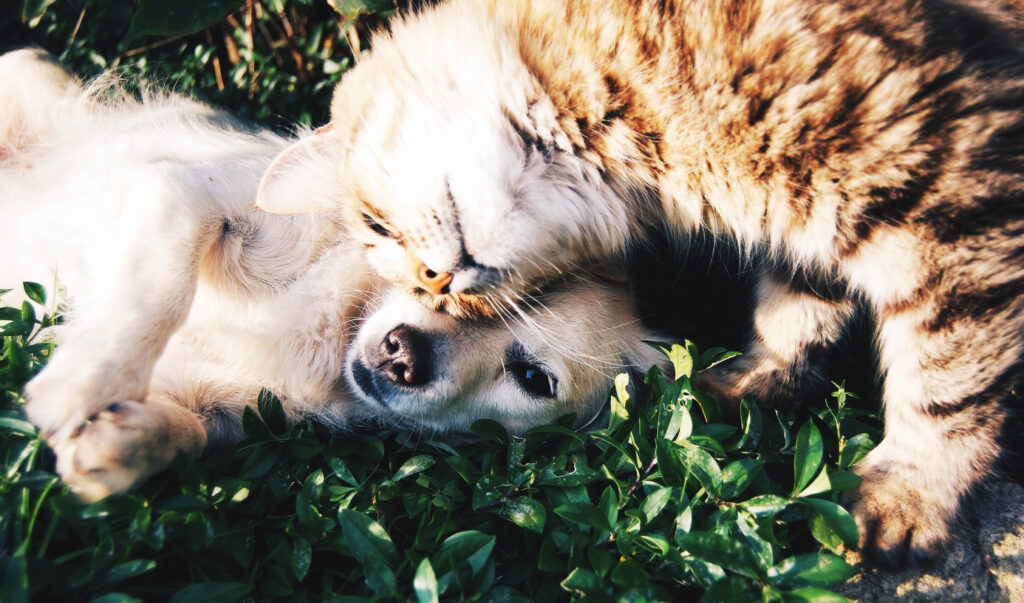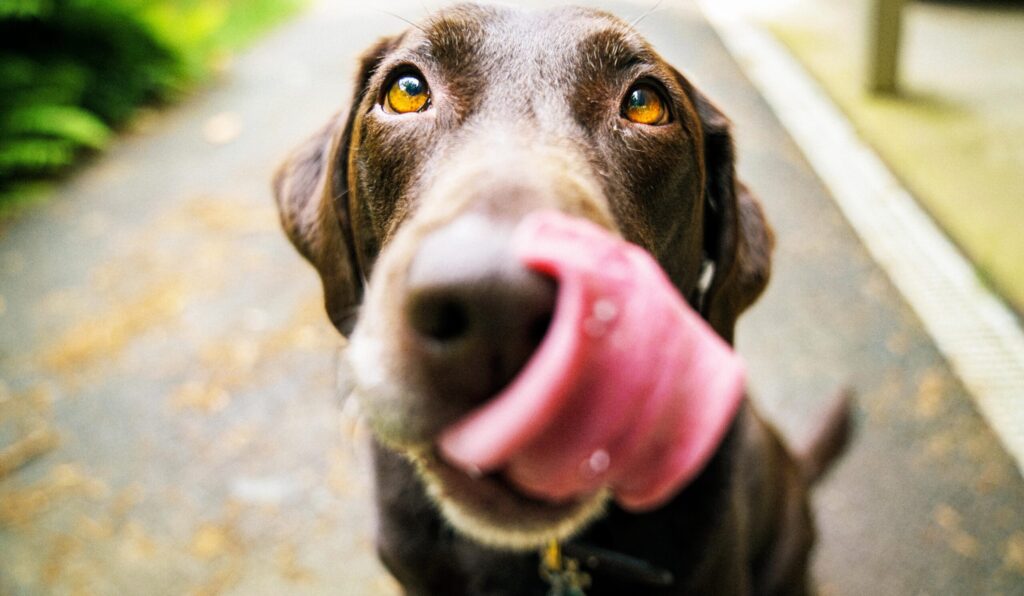
Keep Your Furry Friends Safe: Tips and Precautions for Avoiding Toxic Substances at Home
As pet owners, we must be aware of the dangers lurking in our homes, especially when it comes to toxic items that could harm our furry friends. Cats and dogs are naturally curious creatures, and they may ingest substances that are harmful to their health.
Therefore, taking precautions to protect our pets from toxic items, ranging from everyday household items to plants and food, is crucial. By being mindful of what we bring into our homes and keeping them out of reach of our pets, we can ensure our pets’ safety and well-being.
Here are some examples of items toxic to dogs:

- Chocolate: Chocolate contains theobromine, which can be toxic to dogs. The darker the chocolate, the more theobromine it contains. Symptoms of chocolate toxicity can include vomiting, diarrhea, increased thirst, panting, and in severe cases, seizures, and cardiac arrest.
- Grapes and raisins: Grapes and raisins can cause kidney failure in dogs. Even small amounts can be toxic, and symptoms can include vomiting, diarrhea, lethargy, and loss of appetite.
- Onions and garlic: Onions and garlic contain compounds that can damage dogs’ red blood cells and cause anemia. Symptoms can include weakness, lethargy, and pale gums.
- Avocado: Avocados contain persin, which can cause vomiting and diarrhea in dogs. Additionally, the large seed can obstruct the gastrointestinal tract if ingested.
- Macadamia nuts: Macadamia nuts can cause lethargy, vomiting, hyperthermia, tremors, and incoordination in dogs.
- Alcohol: Even small amounts of alcohol can be toxic to dogs, causing vomiting, diarrhea, difficulty breathing, and in severe cases, coma or death.
- Xylitol: Xylitol is a sugar substitute found in many sugar-free gums, candies, and baked goods. It can cause insulin release in dogs, leading to hypoglycemia (low blood sugar). Symptoms can include vomiting, loss of coordination, seizures, and in severe cases, liver failure.
- Certain medications: Some human medications, including acetaminophen and ibuprofen, can be toxic to dogs and cause liver or kidney damage.
- Household cleaning products: Many household cleaning products contain chemicals that can cause gastrointestinal upset or more severe symptoms if ingested by dogs.
- Insecticides and rodenticides: These products are designed to kill insects and rodents but can be toxic to dogs if ingested.
- Nicotine: Nicotine can be found in cigarettes, nicotine gum, and patches and can cause vomiting, seizures, and in severe cases, death in dogs.
- Fertilizers and mulch: Some fertilizers and mulches contain chemicals that can be toxic to dogs if ingested.
- Some human foods: Besides chocolate, onions, and garlic, other human foods such as caffeine, dairy products, fatty foods, and bones can also harm dogs.
Common items that cats can’t eat and why they are toxic:

- Chocolate: Chocolate contains a chemical called theobromine, which is toxic to cats. Even small amounts of chocolate can cause vomiting, diarrhea, tremors, seizures, and even death.
- Onions and garlic: Both contain compounds that can damage cats’ red blood cells, leading to anemia. Onion and garlic toxicity symptoms include weakness, lethargy, pale gums, and dark urine.
- Grapes and raisins: Grapes and raisins can cause kidney failure in cats. Grape or raisin toxicity symptoms include vomiting, diarrhea, and decreased urine production.
- Caffeine: This can cause restlessness, rapid breathing, heart palpitations, muscle tremors, and seizures in cats. Even small amounts of caffeine can be dangerous.
- Alcohol: Even small amounts of alcohol can be toxic to cats. Alcohol can cause vomiting, diarrhea, decreased coordination, and even death.
- Xylitol: Xylitol is a sugar substitute that is often found in sugar-free gum and candy. It can cause rapid insulin release in cats, leading to hypoglycemia (low blood sugar), seizures, and liver failure.
- Avocado: Avocado contains a substance called persin, which can
- Lilies: These are highly toxic to cats, and even a tiny amount of ingestion can lead to kidney failure. All plant parts, including the leaves, flowers, and pollen, are toxic.
- Household plants: Many household plants, such as philodendron, dieffenbachia, and pothos, are toxic to cats. Ingestion of these plants can cause gastrointestinal upset, difficulty breathing, and even death.
- Household chemicals: Household chemicals, such as cleaning products, insecticides, and antifreeze, can be toxic to cats if ingested. Symptoms of toxicity can include vomiting, diarrhea, difficulty breathing, and seizures.
- Medications: Many human medications, such as aspirin, acetaminophen, and ibuprofen, are toxic to cats. Ingestion of these medications can cause gastrointestinal upset, kidney failure, liver damage, and even death.
- Essential oils: Some essential oils, such as tea tree oil and eucalyptus oil, can be toxic to cats if ingested or applied topically. These oils can cause vomiting, diarrhea, lethargy, and difficulty breathing.
TIP: It’s essential to keep these substances out of your cats and dogs reach and contact your veterinarian immediately if you suspect that your pets have ingested something toxic.
Always consider food safety for pets and treats that are made just for them.
Did you know?
Some everyday household items, such as air fresheners, cleaning products, and certain types of human medications, can be toxic to cats and dogs if ingested. It’s essential to read labels carefully and keep these items out of reach of your pets.
A little history:
The concern for toxic items for pets is not a new phenomenon and has been around for centuries. However, with the rise of modern pet ownership and scientific research, our understanding of the dangers of certain substances for cats and dogs has increased significantly over time.
In the early days, pets were often seen as working animals rather than family members, and there was little concern for their safety beyond keeping them fed and sheltered. As pet ownership became more common in the 19th century, people began to recognize the importance of caring for their pets’ health and well-being.

In the early 1900s, veterinary science began to develop rapidly, and research into the effects of toxic substances on animals increased. This led to the creation of poison control centers for pets in the mid-20th century, which helped pet owners quickly respond to emergencies involving toxic items.
These days, owners of pets have many resources available to help them identify and avoid toxic items for their cats and dogs. This includes access to online resources, veterinary clinics, and poison control hotlines. As a result, pets are safer and owners are more informed and equipped to keep their furry friends healthy.


